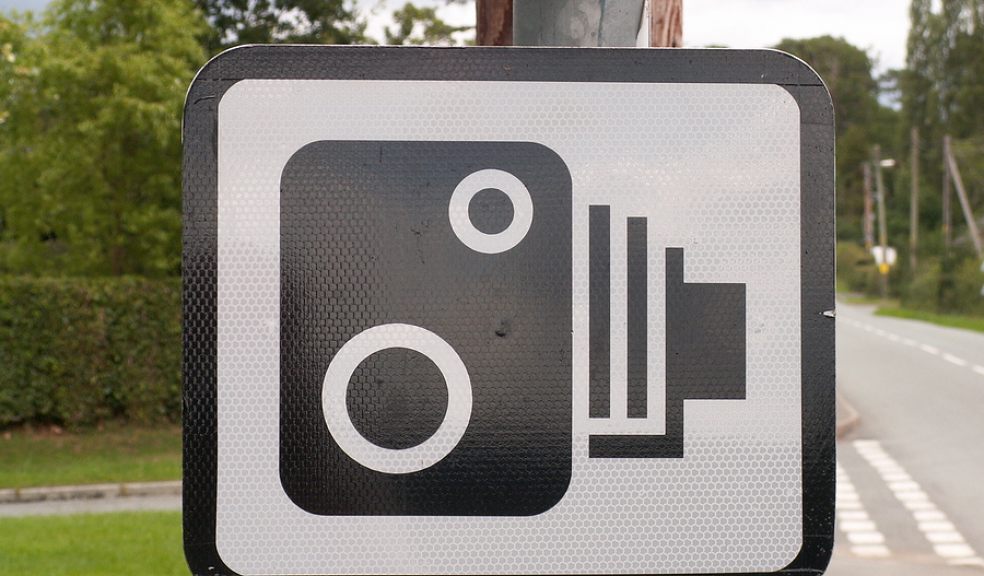
Exeter takes steps to become safer for drivers
The Devon Expressway, located just outside of Exeter, has been under safety scrutiny for the past few years after a high number of road traffic accidents have occurred on various sections of this road. Many of the accidents that happen here involve HGVs as well as cars and smaller vans. Accidents, minor and major incidents, are reported here on an almost daily basis.
In a bid to reduce the number of accidents that have occurred in recent years on the Exeter area of the A38, also known as the Devon Expressway, particularly near Telegraph Hill, Highways England installed a set of average speed check speed cameras in a £250,000 scheme that aimed to improve road safety in the area.
The speed cameras were installed at four locations along this stretch of road, along a distance of four kilometres. As the eastbound carriageway is most prone to accidents, this is where the cameras were installed. These cameras were positioned at Telegraph Hill, Haldon Hill, Splatford Split, and Kennford, the areas considered to be most at risk of dangerous driving.
Cllr Stuart Hughes, Cabinet Member for Highway Management, said: "Speed cameras have a positive effect in reducing collisions and injuries, and the installation of these cameras will improve safety. By covering the approaches to Splatford Split, it will encourage motorists to maintain a constant speed where traffic merges."
Since these cameras were installed last year, the rates of accidents on this section of road have decreased slightly. However, on a regular basis the A38, usually just outside of Exeter, is prone to serious road traffic accidents. Many of these accidents involve HGVs in addition to cars and motorbikes.
The accidents involving HGVs are often the more fatal ones, due to the sheer size of the vehicles involved. Across the UK, studies have been performed on HGVs, looking at how safe they are to drive and whether anything can be done to improve how they are driven in terms of safety and accident prevention.
It has been noted that while driver awareness courses can be a useful tool in improving how HGVs are driven, that is not all that it takes. Adaptations to lorries could be the answer to making them safer.
For example, adding a wheel nut indicator and retainer to each wheel of HGVs can show when a wheel nut is at risk of coming loose, which could lead to a wheel falling off, making the lorry more likely to cause a road traffic accident.
Another factor that was noted was that lorries that have extra windows are less likely to cause road accidents because the driver is better able to see. It has been noted that it could be beneficial to add these to the sides of all HGVs.
Currently, only one in three HGVs have cameras installed on the back of them. These cameras allow the driver to see what’s behind them and to the side of them, helping to reduce the risk of road traffic accidents from occurring due to the blind spot that most lorries have at the rear.
If the roads in Exeter and across the UK are going to become safer, changes need to be made to how the roads are used and how vehicles are designed.



















